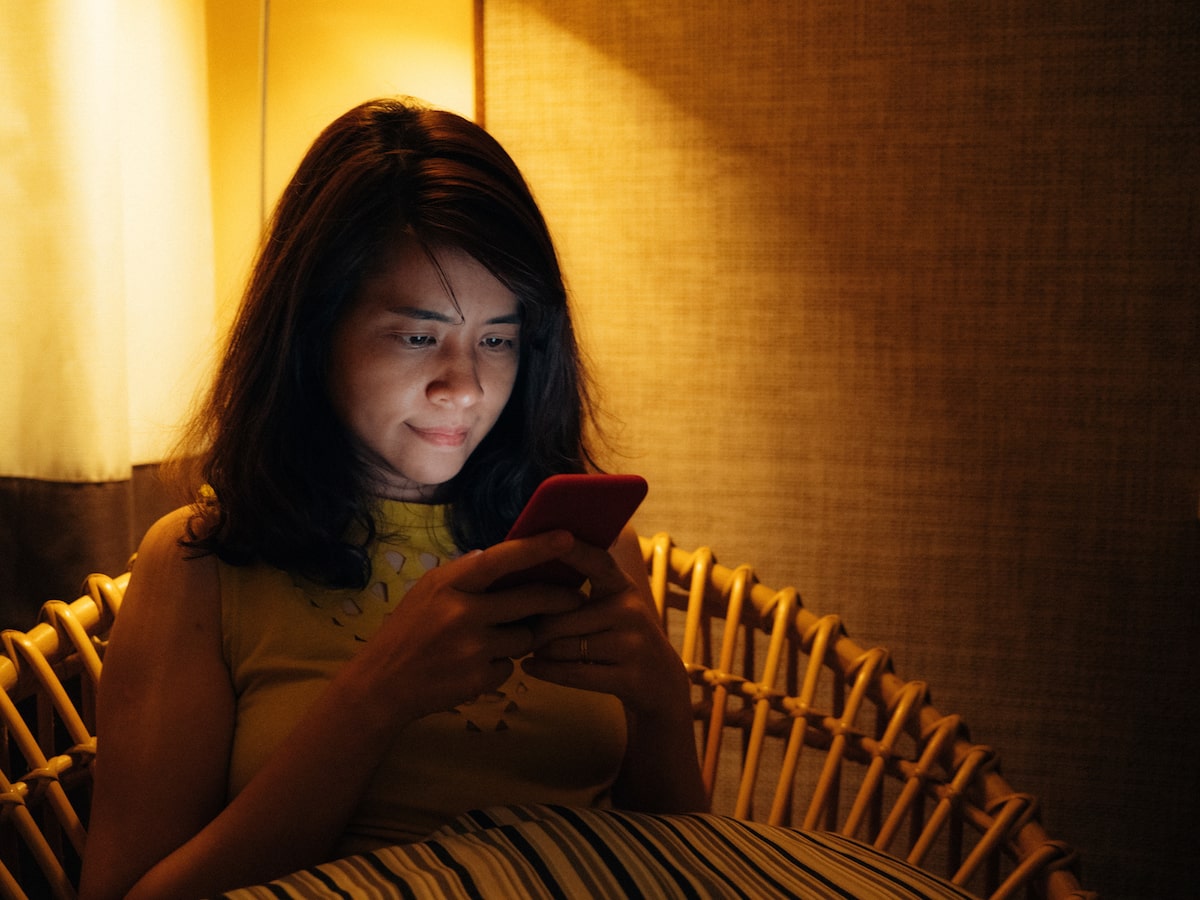We all know what comes first for the tech-obsessed in a power outage.
Internet access! Duh!
Then lights, of course, to see where you dropped your phone. Unless you own a generator, refrigerators and basement freezers are on their own. Food can wait. First, we have to check our Facebook feed to see how many friends have also lost power.
As if COVID-19 weren’t enough, a Pew Research Center study found 93 percent of American adults consider a major interruption to their internet or cellphone service during the pandemic would be a problem in their daily life — 49 percent said it would be a very big problem.
Here’s your survival guide to keep the your personal tech connected and your living space illuminated:
Create a WiFi Hotspot With Your Cellphone
Your phone has unlimited data, so you’re not worried about losing internet access during an outage, but what about the WiFi-only tablets (iPad, Kindle or Android) in your house? A hotspot uses your cellular connection to create a little WiFi bubble accessible to tablet owners.
Here are general instructions for creating a hotspot:
iPhone: Go to Settings/Cellular or Settings/Personal Hotspot. Tap the slider next to Allow Others to Join.
Android: Go to Settings/Network & Internet/Select Hotspot & tethering/Tap WiFi hotspot. Then tap the slider to turn on the hotspot and select a password.
Note: Creating a hotspot is a data hog if you’re streaming video or using Instagram. Make sure your plan includes unlimited data.
Uninterruptible Power Supply (UPS)
An uninterruptible power supply combines a battery backup with surge protection, a perfect complement to your computer, printer, modem and router. When you lose power, a UPS prevents damage to your valuable equipment. The backup, depending on battery size, might keep your equipment powered for an hour or so.
If you turn off everything except the modem and router, you should have internet access even longer. But buy a UPS mostly for protection. When the battery kicks in, it allows you to turn off your computer and connected equipment safely.
When you know a storm is coming, however, it’s better to shut down and unplug your electrical equipment. If you have a major investment in computer or home-theater equipment, ask your electrician about a whole-house surge protector installed at your electrical service box.
Portable Power Station
Many phone owners carry a portable charger, or power bank, for emergency use. Great idea for an actual emergency like a power outage.
A portable power station is bigger, more powerful and more useful: Aside from charging phones and tablets, it also supplies AC power. Plug your favorite lamp into a portable power station and you’ll get light for hours.
The best portable power stations can cost close to $1,500, weigh as much as 30 pounds and pack a 1,800-watt-hour battery, with a full assortment of AC, DC, USB-A and USB-C ports.
You won’t need that simply to power a light or charge a phone or tablet during an outage. A portable power station with a 150-watt-hour (or more) battery costs closer to $100, weigh less than 5 pounds and is smaller than a shoebox.
Forget charging your MacBook Pro (twice) with it. Instead, dedicate it solely to lighting. Let’s say your floor lamp uses a 10-watt LED bulb. You should get close to 15 hours of light from your 150-watt-hour portable power station. When it’s time to get ready for bed, take the little power station with you and plug another lamp into it.
Stay connected. But, most of all, stay safe!
Not feeling well? Call your healthcare provider for guidance and try to avoid going directly to an emergency department or urgent care center, as this could increase the chances of the disease spreading.
Click here to schedule a virtual visit with a Hartford HealthCare-GoHealth Urgent Care provider.
Stay with Hartford HealthCare for everything you need to know about the coronavirus threat. Click here for information updated daily.
Questions? Call our 24-hour hotline (860.972.8100 or, toll-free, 833.621.0600).
Get text alerts by texting 31996 with MoreLife in the message field.
.

